
The April ATAP newsletter features cutting-edge research that is advancing more resilient electronics and novel quantum technologies, supporting advancements in fusion research, and enabling better monitoring of mechanical deformation in advanced high-temperature superconductors.
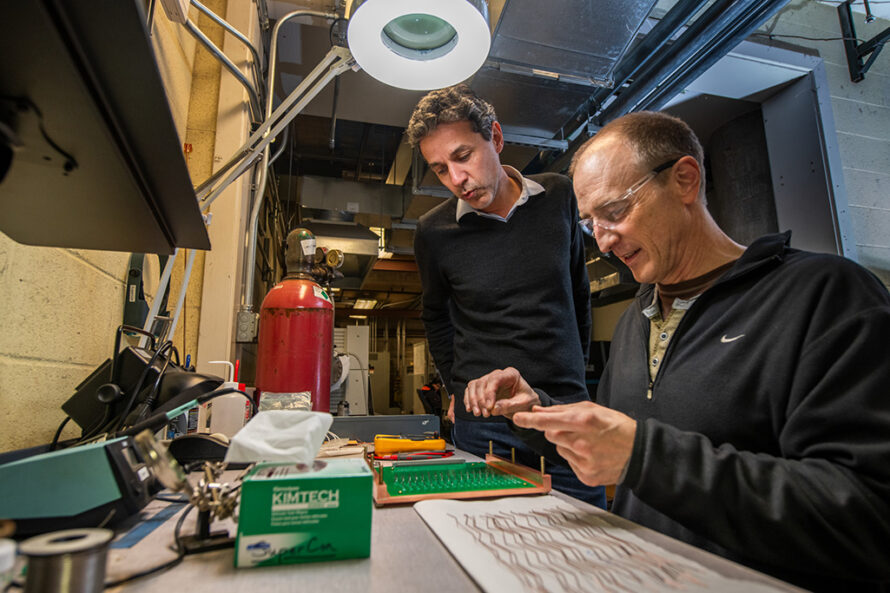
The February issue of ATAP News showcases powerful new superconducting magnets that extend the capabilities of particle accelerators, advancing next-generation plasma-based accelerators, a new approach for studying nuclear-plasma interactions, national efforts to develop quantum technologies, and the latest ATAP honorees.

The December issue of ATAP News features new and improved magnet arrays for the high-energy upgrade of SLAC’s Linac Coherent Light Source, the successful completion of over half the new magnets for the high-luminosity upgrade to the Large Hadron Collider, and this year’s Director’s Awards winners.
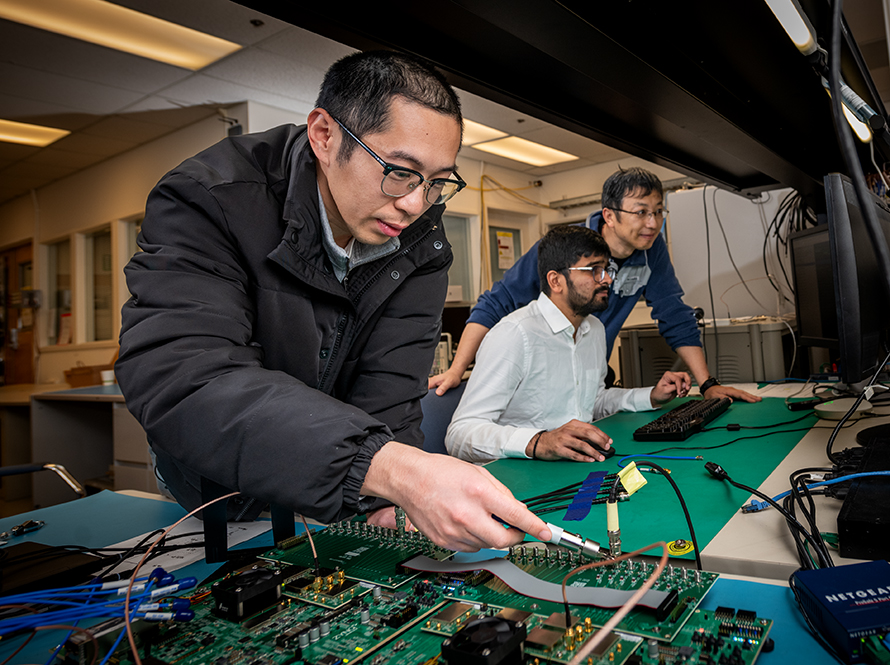
The October issue of ATAP News features a new technique for measuring the state of a qubit, operational improvements to our Advanced Light Source user facility, a new beam-shaping technique at our BELLA Center, and an innovative method for studying the microstructures of superconductors.

Read about the first-of-its-kind superconducting magnet, how ATAP researchers are contributing to advancing fusion, how modeling could boost ion beam energies, and an innovative technique that could safeguard magnets against quenching.

Read about a powerful new tool for advanced accelerator modeling, a significant step toward scalable quantum computers, potential future training-free superconducting accelerator magnets, and how ATAP researchers use artificial intelligence to transform accelerator science and applications.
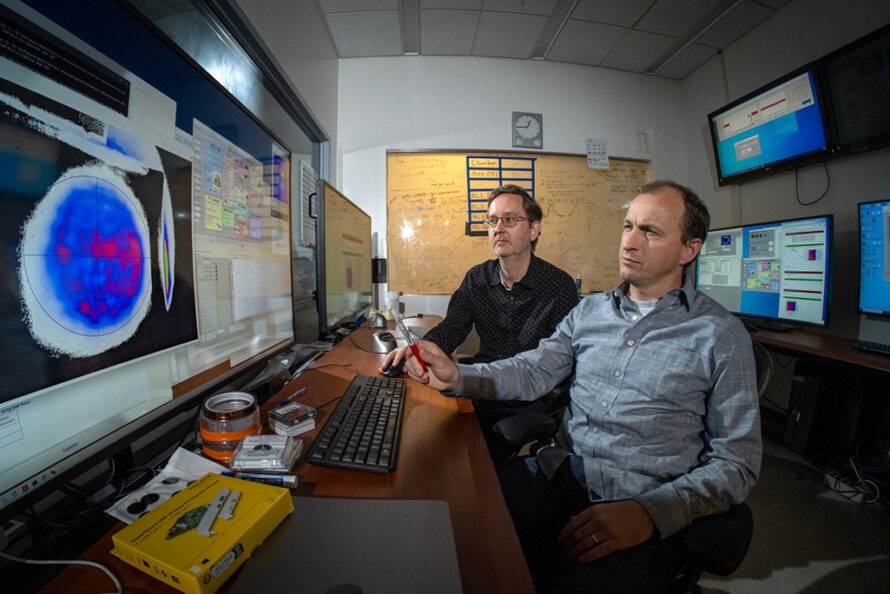
Learn about how a new source of high-energy muons could lead to a powerful new imaging technique, a novel approach to protecting high-temperature superconducting magnets, modeling that promises better-performing accelerators, and a new superconducting cable for accelerator and fusion magnet applications.
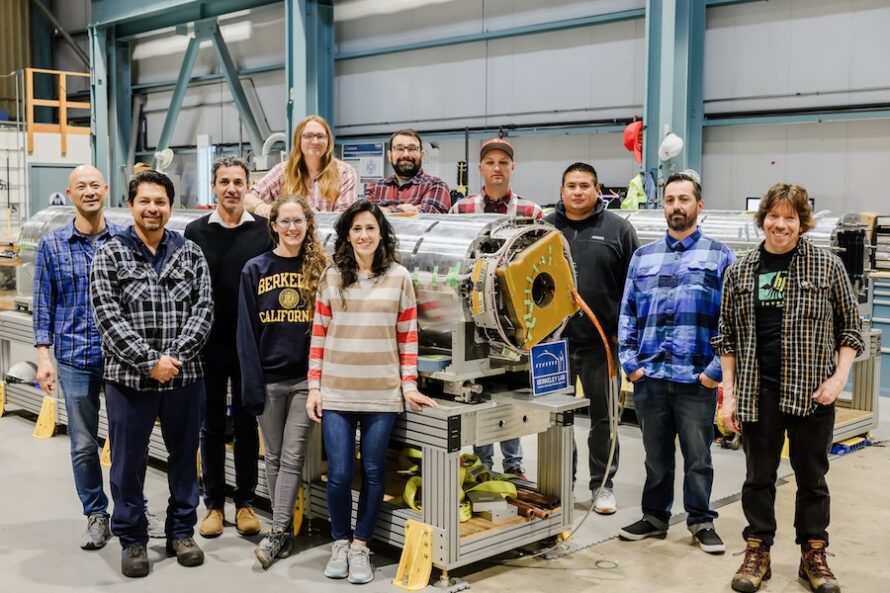
Read about progress in upgrades to the Large Hadron Collider to enable this decade’s discoveries, new detectors for dark matter physics, and new staff advancing our capabilities to plan for future colliders. Learn how computer modeling is helping to design advanced particle accelerators and colliers and an innovative method that uses laser-plasma accelerators to produce positron beams.

The recently released P5 Report outlines the nation’s priorities for particle and high-energy physics and how funding should be allocated over the next ten years.

Researcher appointed to leadership role; upgraded Linac Coherent Light Source produces first X-rays; extending the capabilities of associated particle imaging; major milestone in Large Hadron Collider upgrade…
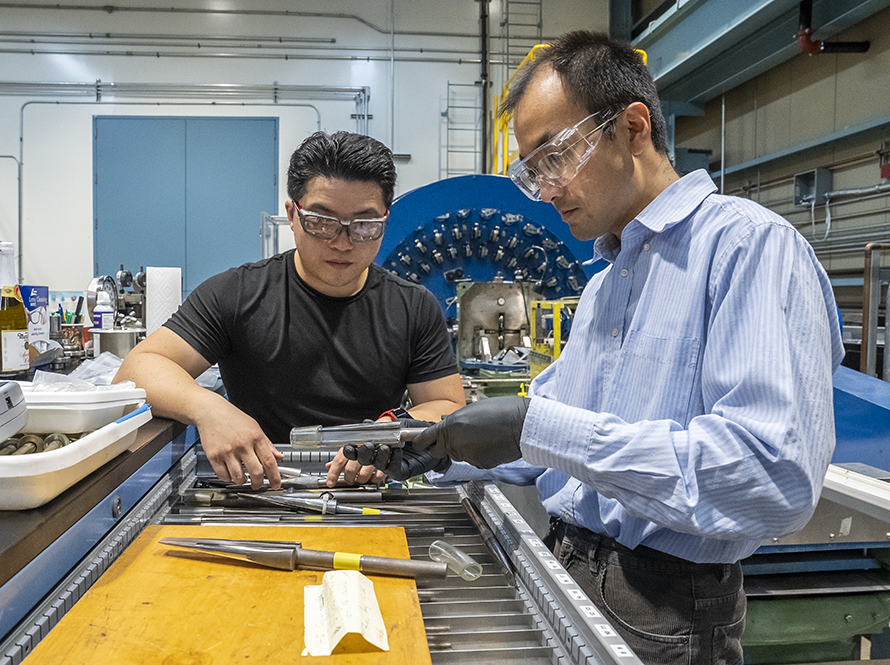
New magnets that use superconducting cables made from niobium-tin; the first on-demand quantum light source using silicon; new technology for measuring the carbon content of soil; the same technology is also being used to…

This issue of ATAP News showcases the exciting work that our researchers are doing to advance accelerator technologies and expand their range of applications, promising breakthroughs in fundamental scientific research, materials science, medicine, and many other areas.
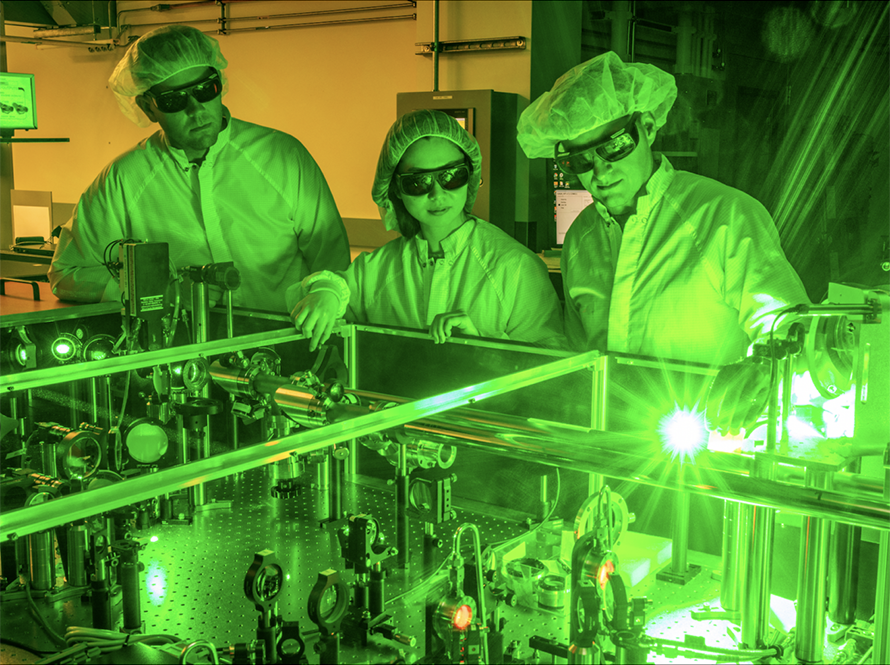
In this month’s issue of the ATAP Newsletter, we see how our ATAP scientists and engineers are spearheading research into new platforms for making qubits—the fundamental building blocks of quantum technologies; how advances in plasma-based acceleration could unlock its potential…
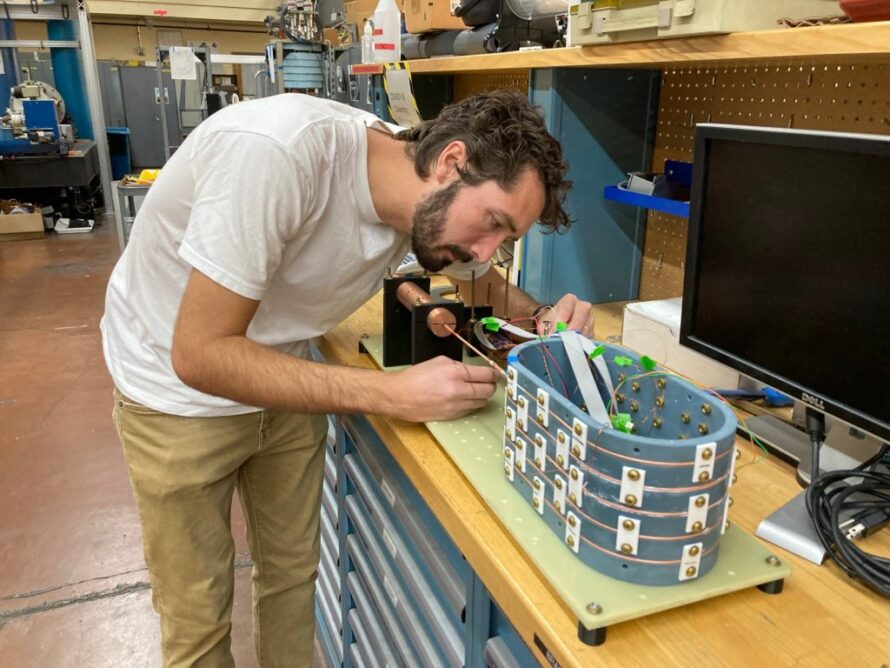
In the first issue of the ATAP Newsletter for 2023, we see exciting advances in enabling technologies for the next generation of particle accelerators and colliders; extensions to the capabilities and applications of the award-winning WarpX simulation code…

The year ends on a tremendously future-oriented note for ATAP. Facilities and research endeavors throughout the sciences rely on advanced computer simulations. Researchers in our Accelerator Modeling Program led an international team, including…

Progress in accelerators has always gone hand-in-hand with progress in the strength, reliability, and cost-effectiveness of magnets. Many of these magnets today are superconducting, and building advanced superconducting magnets requires a close understanding of the properties of the…

This issue of ATAP News brings long-awaited news for BELLA Center: completion of the second beamline for the BELLA Petawatt laser. Our scientists and engineers have persevered through the pandemic to design and complete this major upgrade to our capabilities. Its exciting research…
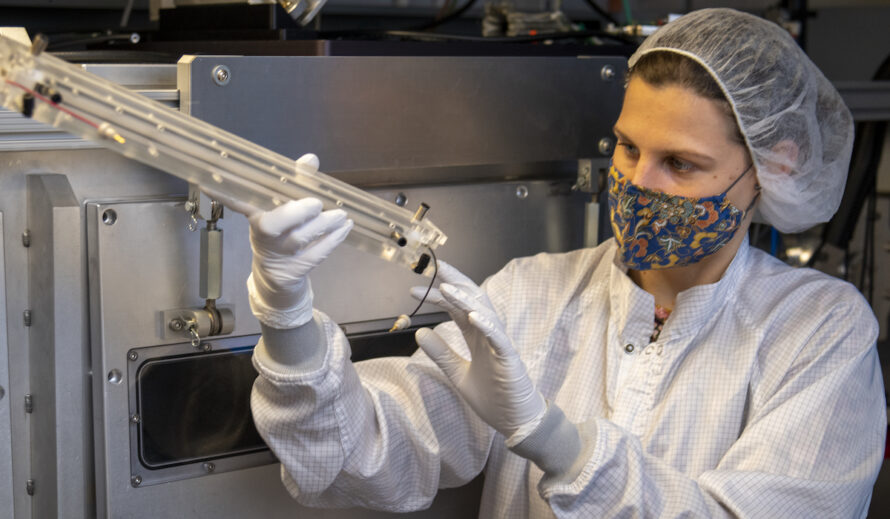
This issue brings us some very special news: Marlene Turner, a research scientist in our BELLA Center, has been awarded an Early Career Research Program grant by DOE-HEP. Her work will explore energy recycling to reduce the power footprint of future colliders…

In this month’s issue we feature examples of the wide-ranging societal benefits of particle accelerator science and technology: cancer treatment, measuring carbon stored in soil, and the exciting new frontiers in the quest for fusion energy…

In this month’s issue we see an exciting example of how accelerator and instrumentation expertise has spinoff benefits in other fields: developing an open-source new electronics control and measurement system for…

The advanced hardware that is foundational to accelerators is highlighted by our two research features this month. Parlaying our accelerator controls and instrumentation expertise into advances in quantum information systems…

Teamwork and collaboration are common themes of the achievements that we report this month. The BELLA Center has published experimental results that show excellent quality and reproducibility in plasma lensing and transport of…

As summer goes on and Berkeley Lab moves carefully into greater degrees of on-site work, we have noteworthy progress to report from multiple programs. ATAP’s BELLA Center has published a paper describing a novel optical system that…

The task of making superconducting cables that will go into new interaction-region focusing magnets for CERN’s Large Hadron Collider — part of a comprehensive luminosity upgrade for one of the premier machines at the frontiers of…
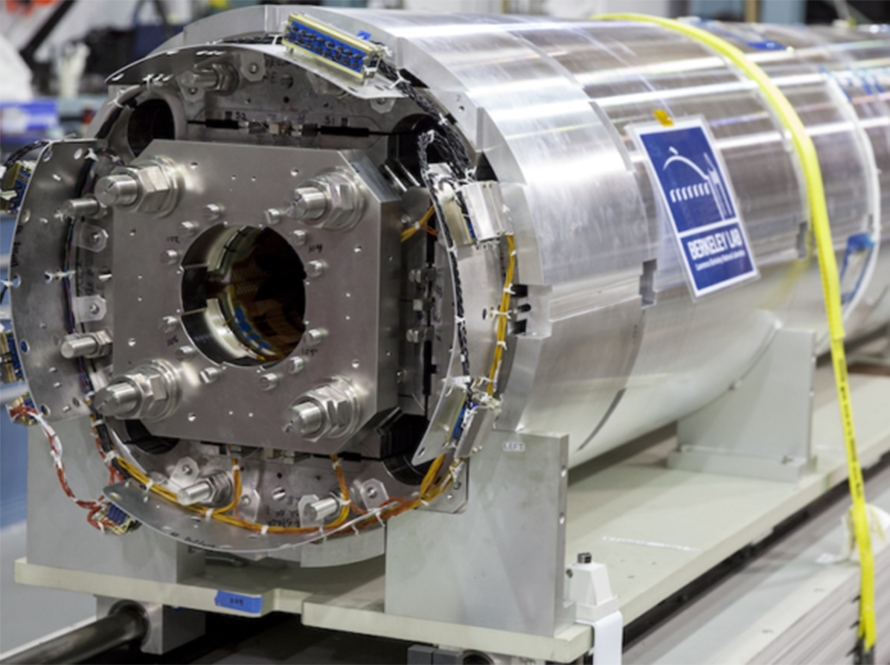
This year is the 90th anniversary of Berkeley Lab. I am honored to be part of ATAP as we carry forward Lawrence’s twin legacies — particle accelerators and the team-science paradigm — into the unknown, but doubtless remarkable, discoveries and inventions yet to come.

Researchers from ATAP’s BELLA Center and our Accelerator Modeling Program were key to an international collaboration that demonstrated bi-modal imaging using proton and x-ray beams from the same laser-plasma microsource…

In ATAP we are part of Berkeley Lab’s phased program of carefully monitored re-opening, which has worked very well over the last months, allowing us to get things done in our labs and shops. In the first in our series of photo stories, “Labs in the Time of COVID,” we show a day in the life at ATAP’s Berkeley Lab…
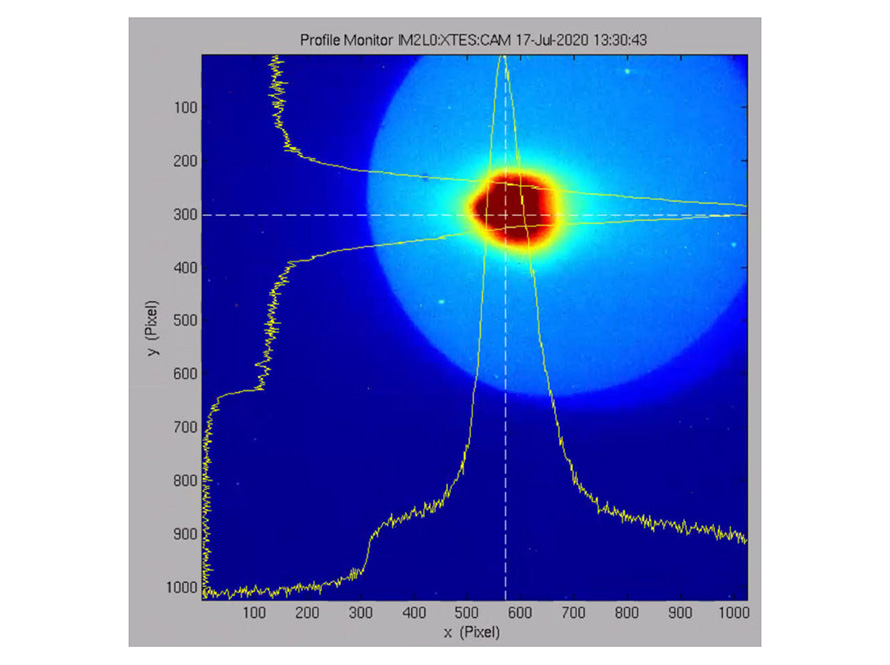
As the Lab prepares for the next pilot stage in its progressive ramp-up of onsite operations, I’d like to join Director Witherell in his appreciation of the perseverance and ingenuity of our people. As you can see from the articles in this newsletter, ATAP staff continue to deliver outstanding science and technology under these difficult circumstances.

As we move into the second month of the Bay Area’s shelter-in-place order (recently extended through May) and the Lab’s safe and secure status, I’d like to thank everyone for compliance with the need for remote work and social distancing. At this writing, California has had some 41,000 confirmed cases of COVID-19… an alarming number, but remember…

At the dawn of a new decade, ATAP and Berkeley Lab look forward to many exciting opportunities. A recent Nature paper by a UK-based international collaboration describes the first-ever demonstration of ionization cooling of muons. The demonstration was made possible by a pair of superconducting spectrometer solenoids designed, built, and delivered by ATAP, the Engineering Division, and an industrial partner.

The most recent highlight is a demonstration at Berkeley Lab’s Advanced Light Source of how machine learning using novel software tools that mimic neural networks can predictively feed information forward about beam-size fluctuations…
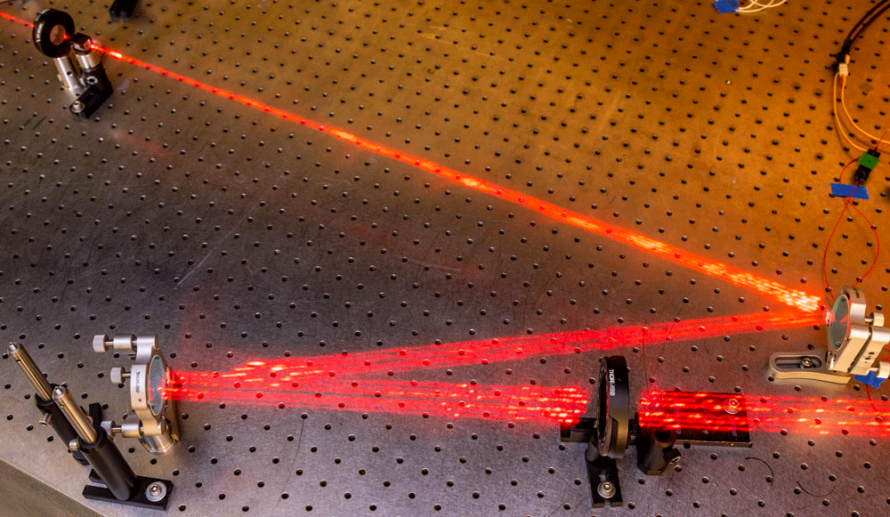
The future of many endeavors, including the laser-plasma accelerator work at ATAP’s BELLA Center, requires easier access to higher laser power. One approach, being moved forward by Berkeley Lab and our partners, in collaboration with…

ATAP strives to be a partner of choice for the most challenging accelerator-based facilities, and indeed, partnering and teamwork are common themes among the articles featured this month. The latest of many examples is the electron gun for LCLS-II at SLAC, a major project being built at…
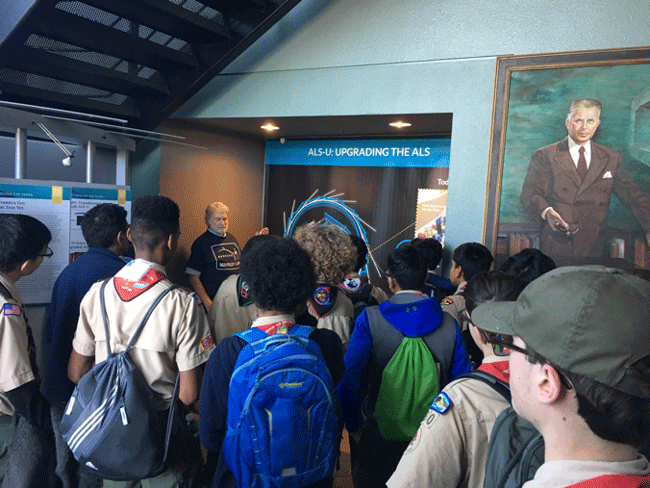
Computer simulation has revolutionized the way everything is designed, including particle accelerators. Through advanced simulation, one can optimize performance in a complicated parameter space, identify and avoid potential problems, and even make new discoveries…
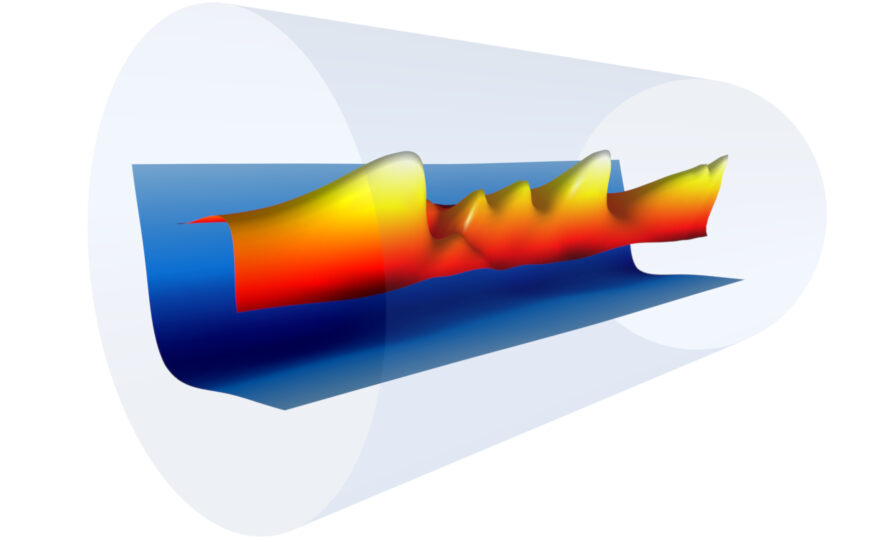
In ATAP, we are laying the scientific foundations of future particle accelerators. These accelerators can make the difference in advancing our understanding of the most fundamental aspects of matter and energy in the universe and they enable exciting new applications…

Advanced magnets are at the heart of high-energy colliders, and the facilities of tomorrow will require magnets that are even stronger as well as better and more cost-effective. Our magnet design and construction efforts…

A key component of ATAP’s mission is to contribute to the most demanding projects throughout the U.S. and worldwide accelerator-based research community. Among our most important contributions is a set of…

Berkeley Lab’s contributions to the LCLS-II project continue at an impressive pace. Our injector-source team is working with SLAC on installation, with an early commissioning plan in the works. Meanwhile, the first two production hard-X-ray undulator modules arrived from…

ATAP’s mission, often in close partnership with the Engineering Division, includes contributing to some of the most challenging projects in the DOE research complex. In January, just a month after delivering a state-of-the-art magnet to the Facility for Rare Isotope Beams, ATAP had another milestone event: delivery of the injector source for Linac Coherent Light Source II.

One of the most exciting and challenging projects in nuclear physics is the Facility for Rare Isotope Beams, a user facility being built at Michigan State University. Berkeley Lab brought one of its world-leading capabilities to FRIB: the design, construction, and (as of December 12) delivery of a superconducting magnet for the electron cyclotron resonance ion source.

Researchers in our Berkeley Laser Accelerator Center and Accelerator Modeling Program, working with international colleagues, have validated a way to both circumvent a source of errors and improve performance when using an important class of computer models to predict the performance of laser-plasma mirrors….
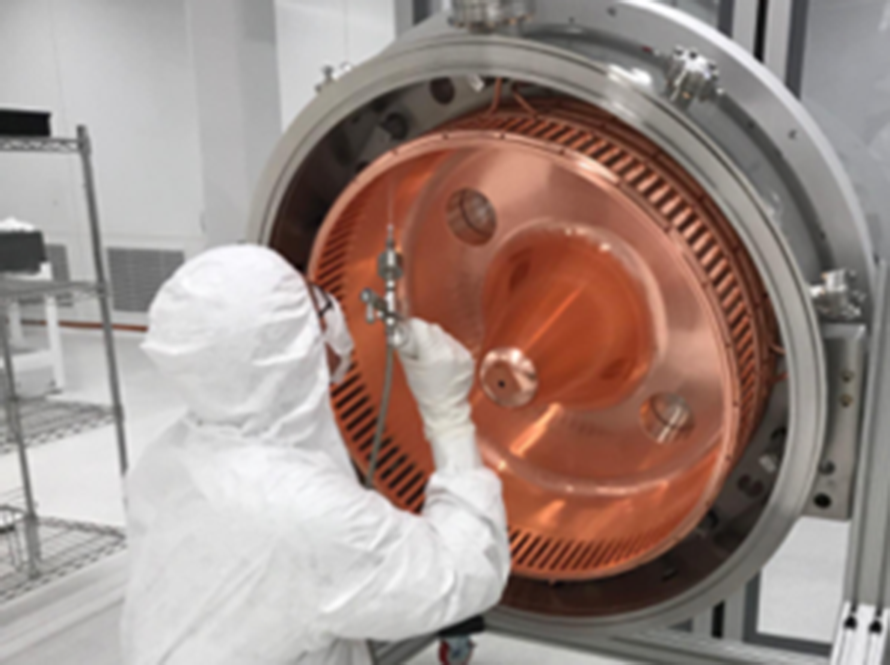
One of the most important and challenging projects in DOE’s Office of Science is LCLS-II, the Linac Coherent Light Source at SLAC. As part of a partnership with SLAC, Fermilab, Jefferson Lab, and Argonne National Laboratory, the Berkeley Lab team has continued making impressive progress through or toward production of our various contributions.
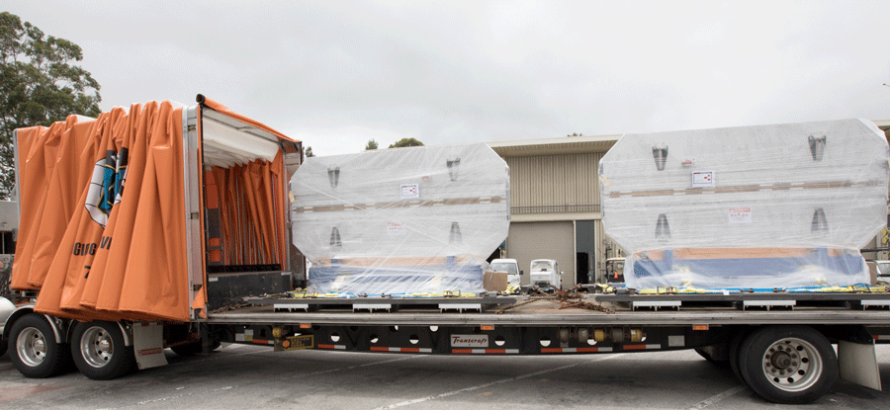
Advanced magnetics are key to the performance and cost-effectiveness of accelerators, and are prominent among the recent achievements of ATAP and our partner divisions. A new field-strength record has been set for undulators by a superconducting prototype developed by Berkeley Lab and Argonne. Meanwhile, production of soft-X-ray undulator…

As accelerator physicists and engineers, we depend on instrumentation and controls as our eyes and hands by proxy: measuring things that we could not see even if it were safe to look; guiding and shaping things that we cannot touch. It all has to work rapidly and precisely without disturbing the exquisite beam properties that the users require.

Of all the modern ways to figure out what people want and how they can help make it happen, asking them remains one of the most effective — and getting them all in the same room is ideal for synergy and serendipity and iterative idea-development. That’s why meetings and workshops are a key part of how ATAP operates. Recently we have had a multi-laboratory follow-up to one part of…

In the top highlight of a year with many candidates for that honor, the Advanced Light Source Upgrade, which is among the Laboratory’s highest prorities and will be among the biggest endeavors in its history, received Critical Decision Zero, the “statement of mission need” from the Department of Energy that marks its beginning as an official project.

Fall brought wonderful news in the form of Critical Decision Zero for the Advanced Light Source Upgrade: its official beginning as a project, and the start of an exciting journey to a next-generation user facility for the Office of Science, LBNL, and ATAP. Read on to learn more about the R&D prospects unfolding in our future and how we are organizing to meet these challenges, as well as several honors earned recently by our people.

As ATAP heads into its third year, technologies and capabilities we have been developing are on the cusp of turning into programs and projects. Many build bridges to other national laboratories in support of the overall DOE mission.
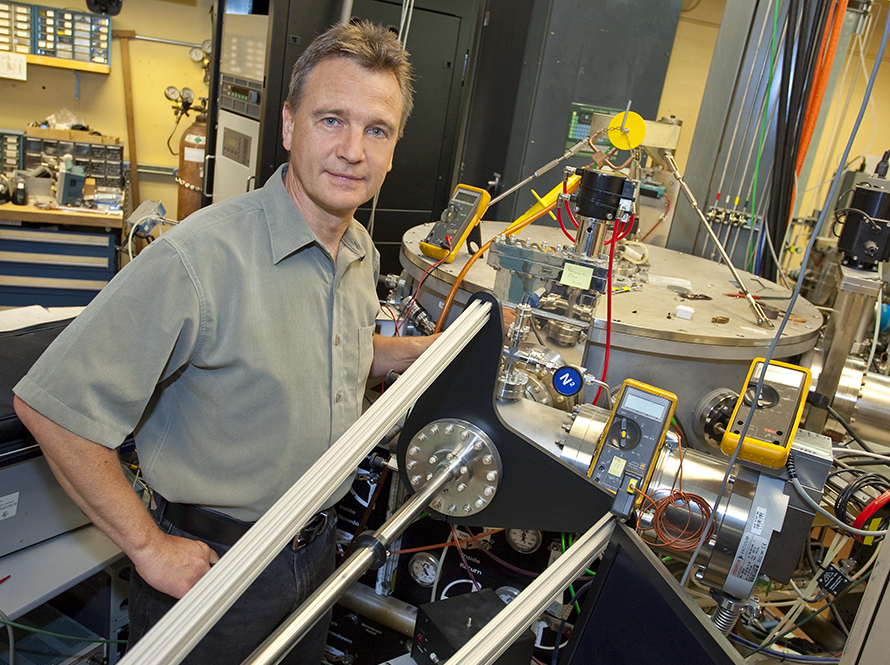
The Advanced Light Source Upgrade, a proposal to transform the now 20 year old facility into a diffraction-limited source of soft X-rays that will be at the forefront of performance and user service for another two decades, received a ringing endorsement from the Basic Energy Sciences Advisory Committee.

One of the flagship facilities in the Office of Science portfolio, SLAC’s Linac Coherent Light Source-II, has received approval as a construction project. This issue features LBNL’s prominent roles, including FEL undulator design and the injector source. Another project with a major milestone…

ATAP scientists and engineers begin 2016 as they ended 2015, with impressive progress on many fronts, and can celebrate the new year as corresponding- or co-authors of three articles published in Nature journals. Technical progress continues on our contributions toward LCLS-II as that SLAC-based project moves toward construction approval…

ATAP’s diverse research portfolio and many years of experience at the leading edge of science and technology are bearing fruit in many ways. Better particle-therapy delivery gantries, improved beam intensity for high-energy-density physics, a way to focus electron beams from our laser-plasma accelerators without using magnets, and a new contribution to…
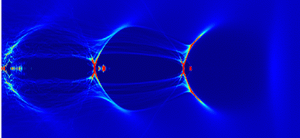
October is the first anniversary of the Accelerator and Fusion Research Division’s re-organization into ATAP. I am proud of ATAP’s technical and operational progress and the people who made it happen, and looking forward to a second year of discovery and invention.

Anticipating future requirements of high-energy colliders, ATAP’s Superconducting Magnet Program (SMP) is developing a high-field dipole based on a hitherto little-used design concept: the Canted Cosine-Theta (CCT) winding geometry. CCT, a concept invented in the late 1960s but little used, turns out to be well adapted to the brittle niobium-tin high-field materials now coming into use.

High-performance magnets have been vital to so many DOE-supported science priorities for so long, it makes sense that Lawrence Berkeley National Lab has developed multiple areas of magnetics expertise. Now they are being brought together under the aegis of the Berkeley Center for Magnet Technology (BCMT), a joint venture of ATAP and the Engineering Division.

In the excitement following the LHC’s discovery of the Higgs boson, several groups worldwide continued with renewed enthusiasm in their efforts to define a future circular collider, beyond even an upgraded LHC in its energy and thus its physics reach. Whatever the details of the next collider…

The past week brought exciting news to ATAP: the DOE funded two areas of our research through their accelerator stewardship program. One grant will partner us with Paul Scherrer Institute and Varian Medical Technologies to apply our superconducting magnet expertise to beam delivery for cancer therapy…
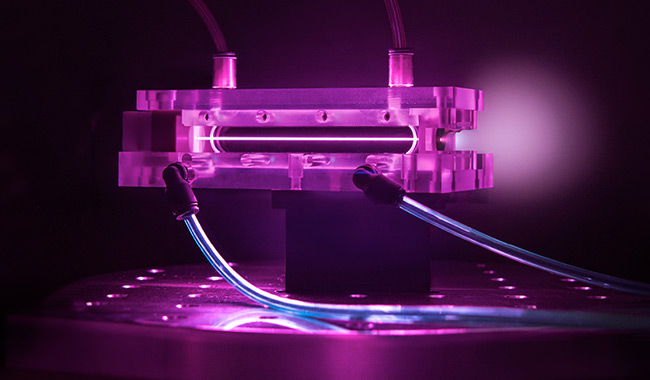
The Berkeley Lab Laser Accelerator (BELLA) has boosted electrons to an energy of 4.2 GeV, setting a new energy record for these ultra-compact accelerators. Conventional particle accelerators use RF driven metal cavities to impart energy to particles…
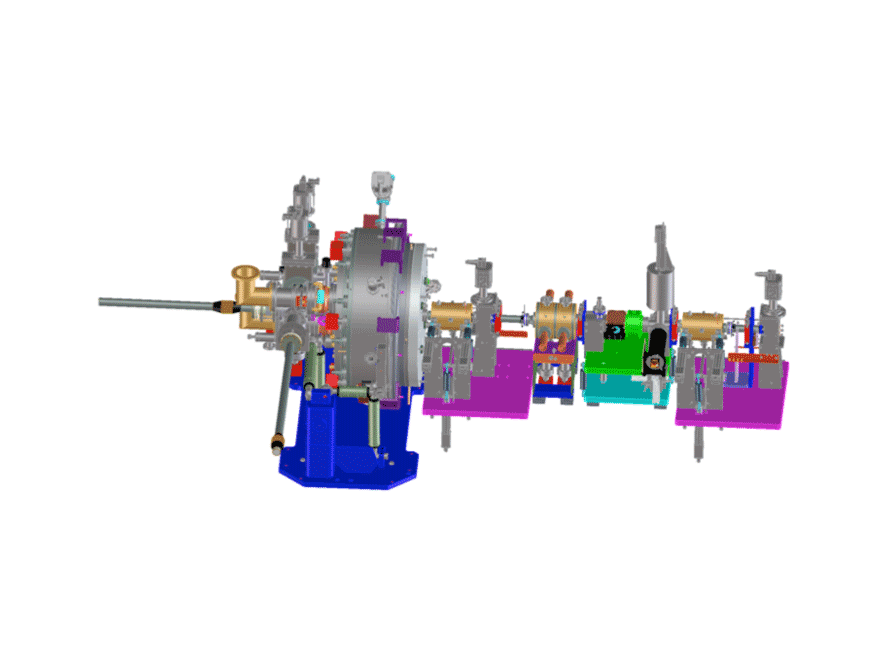
LBNL Director Paul Alivisatos, Physical Sciences Associate Lab Director James Symons, and AFRD Director Wim Leemans are pleased to announce the newly named Accelerator Technology and Applied Physics Division, or ATAP.

The Advanced Light Source comes back from its scheduled summer shutdown with new upgrades. A recap of the Advanced Accelerator Concepts Workshop. Get To Know Your Colleague: Jeroen van Tilborg. Links of the Month: a new parking policy to help expectant mothers.
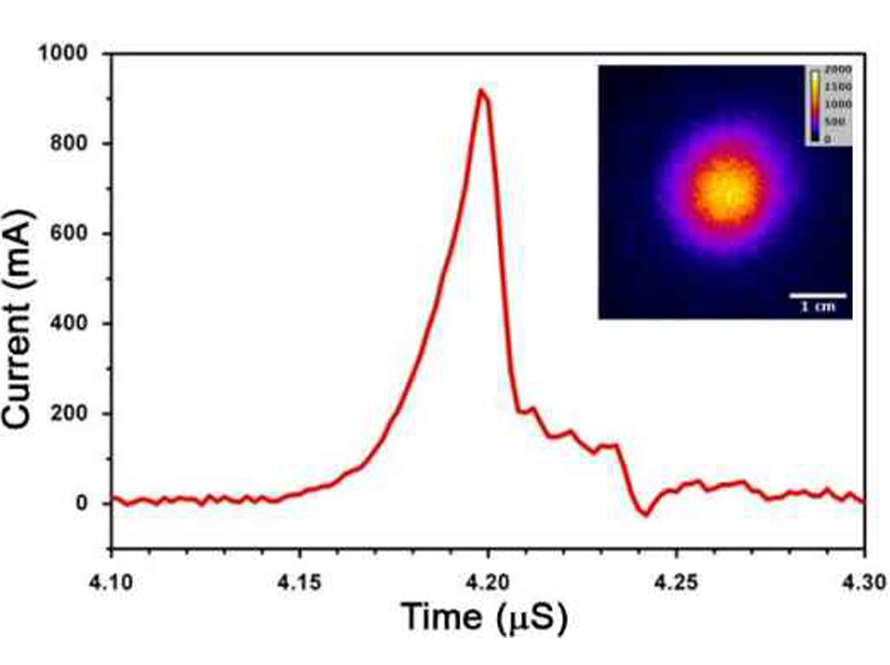
Scientific opportunities with the intense, pulsed ion beams of the AFRD facility NDCX-II. Daniele Filippetto wins prestigious DOE Early Career Research Program funding. Get To Know Your Colleague: Chuck Swenson. Links of the Month: Live video feed from the International Space Station and a guide to seeing it fly over, SpotTheStation.nasa.gov.
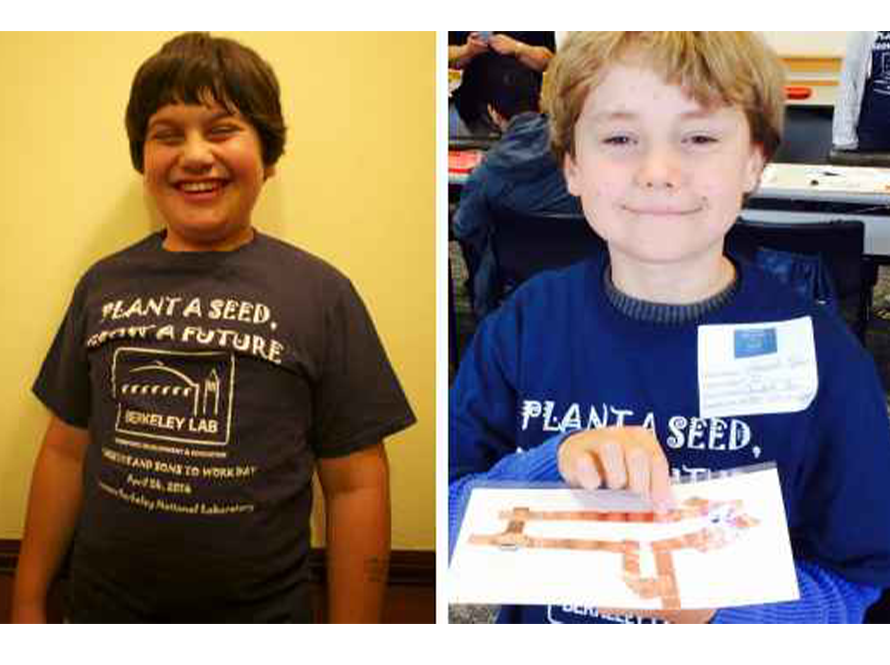
Remarks on our reorganization by Division Director Wim Leemans. An appreciation of the life and career of the late Andy Sessler by retired AFRD Director and now US Particle Accelerator School Director Bill Barletta. Andre Anders wins the Dyke Award, the highest honor of the International Symposia on Discharge and Electrical Insulation in Vacuum (ISDEIV). A recap of Daughters and Sons to Work Day.

Highlights of recent improvements to the ALS. Mission of the Physical Sciences Directorate Workplace Life Committee. Get To Know Your Colleague: Russell Wilcox. Link of the Month: Workplace Climate Survey results.
A milestone for the Muon Ionization Cooling Experiment (MICE). Andre Anders wins the Dyke Award, the highest honor of the International Symposia on Discharge and Electrical Insulation in Vacuum (ISDEIV). Get To Know Your Colleague: Arun Persaud. Link of the Month: Universe Today article on the direct evidence for cosmic inflation.

Wim Leemans named AFRD Director. Steve Gourlay elected vice-chair of American Physical Society, Division of Physics of Beams. Get To Know Your Colleague: Joe Riley. Link of the Month: Google Maps goes underground in the Large Hadron Collider tunnel.

Andrew Sessler wins DOE’s Enrico Fermi Award. Steve Gourlay elected vice-chair of American Physical Society, Division of Physics of Beams. Get To Know Your Colleague: James Swanson. Link of the Month: The Particle Adventure.

Fernando Sannibale named a Fellow of the American Physical Society. Canted Cosine-Theta (CCT) superconducting magnet. Get To Know Your Colleague: Alex Ratti. Link of the Month: Harvard test for implicit biases.

Advanced Light Source pseudo-single-bunch operation with adjustable frequency. Back-up for children (and adult) dependent caregivers offered through LBNL. Get To Know Your Colleague: Hamed Tarawneh. Link of the Month: myfamily.lbl.gov.

The LBNL Center for Science and Engineering Education marks its 25th birthday with a new name: the Workforce Development and Education Office. North American Particle Accelerator Conference overview. Get To Know Your Colleague: Herb Toor. Link of the Month: New York Times Magazine article on women in science.

The premiere issue. Acoustic emissions serve as superconducting-magnet quench diagnostics. Advanced Light Source Sextupole Upgrade completed successfully. Get To Know Your Colleague: Steve Gourlay. Link of the Month: Maglev model train on a Möbius strip.